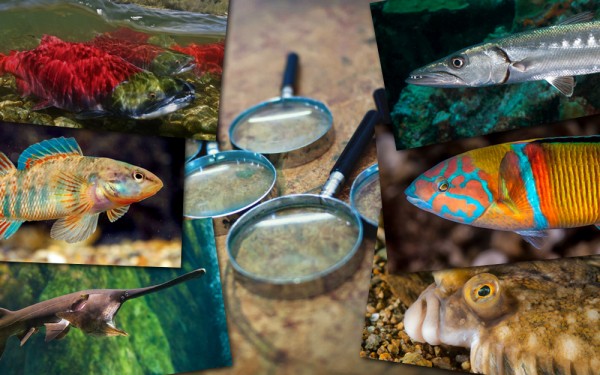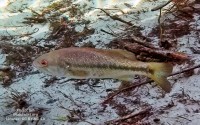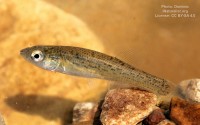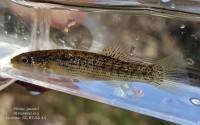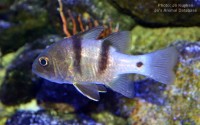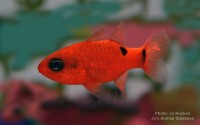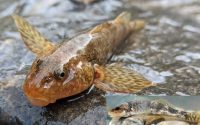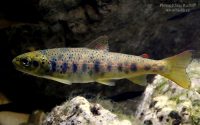Choctaw Bass
(Micropterus haiaka)
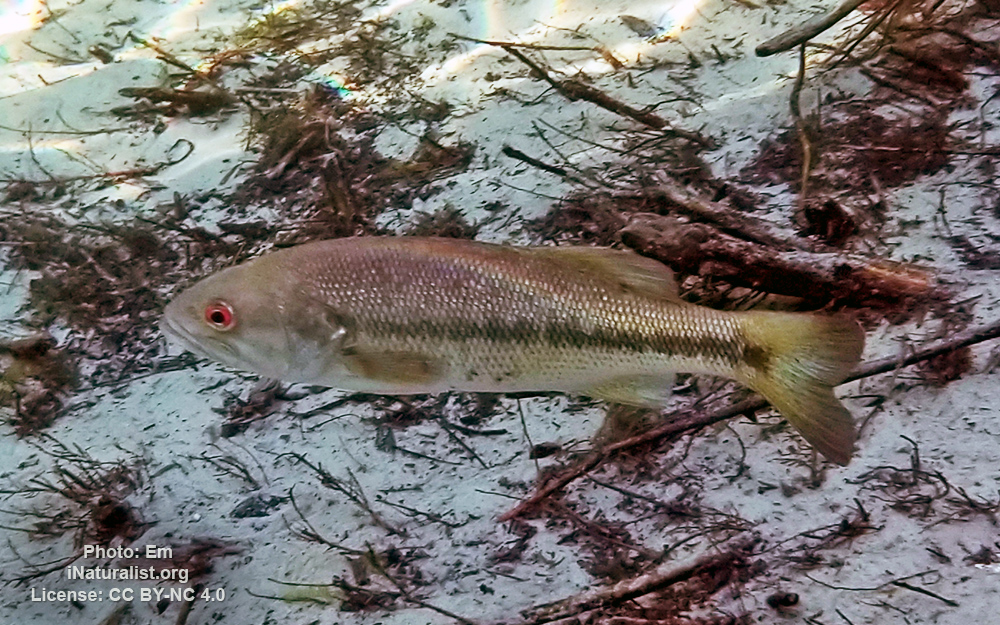
Image source: Em | inaturalist.org
Classification
General data
The Choctaw bass (Micropterus sp. cf. punctulatus) is a provisional new species of black bass found in the upper panhandle of Florida.
Scientists from Florida Wildlife Conservation have decided to name the provisional species the Choctaw bass and want to use a Latinized version of the root word haiaka in the scientific name. The name Choctaw comes from the Native American tribe which used to occupy the area in which the new species of bass was found. The scientific designation is derived from the Choctaw language; haiaka means revealed or out-of-hiding in the Choctaw language.
The Choctaw bass can be hard to distinguish from other black bass in the same genus. Only by looking at a combination of features is it possible to tell the difference. The best visual method for identifying the bass is by counting the number of scales the fish has in certain areas. Their fin ray counts also differ from some of the other basses, and the Choctaw bass has different numbers of gill rakers (protrusions along an arch inside the gill) when compared to some of the other basses. Otherwise, the Choctaw bass shares many morphological features with other basses. This similarity in appearance is one of the reasons why the Choctaw bass has gone unnoticed for so long. For an accurate identification, DNA testing must be done.
Choctaw bass can range from the eastern Gulf coastal rivers that initiate in the western Florida panhandle and extend into southeastern Alabama. It is known to occur in the Yellow River, Blackwater River, Choctawhatchee River, Escambia River and the Perdido River. The Choctaw bass that were captured by the scientists were normally caught in the stagnant parts of river systems or streams where the sediment gathers, the bass avoid fast moving water from stream and rivers and are normally found close to the coastline.

